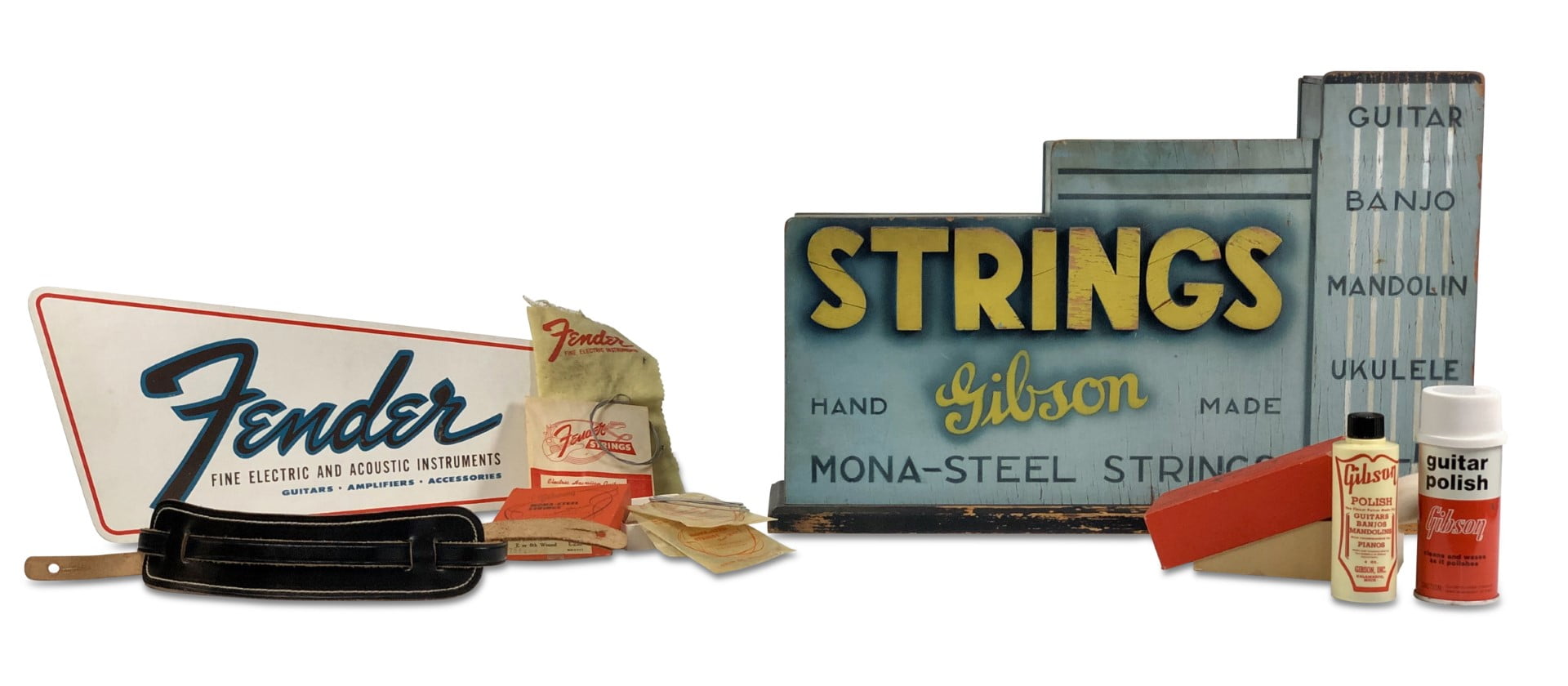Since its conception in 1952, the iconic Gibson Les Paul played a crucial part in shaping rock and roll. To this day, the classic, warm, and thick tone from the double P90 or humbucker pickups is still highly recognisable, perhaps because of its countless contributions to modern music history.
In 1983, Gibson produced the Les Paul Studio. The new model had many similarities to the standard Les Paul but with emphasis on appealing to musicians looking for the same tonal qualities at a reduced price.
Similarities with the Gibson Les Paul Standard
As stated above, the Les Paul Studio is in its essence a more affordable version of the Les Paul Standard. However, unless you’re a complete purist who prefers traditional builds with no modifications whatsoever, the Studio model is quite a clever alteration of the original Les Paul.
Generally speaking, the Studio is approximately £900 cheaper than the Standard. But despite the eye catching price difference, the two models have lots of similarities:
- Body: mahogany
- Neck: mahogany
- Fretboard: rosewood
- Scale length: 24.75”
- Frets: 22 medium jumbo
- String gauge: 10
What characterises the Gibson Les Paul Studio?
Looking beyond the similarities, what makes the Les Paul Studio stand out from the Standard model? The Les Paul Standard comes with certain cosmetic luxuries, but on the contrary, the Les Paul Studio is equipped with functional features such as coil tap and weight relief.
Crisp brightness plus coil tap
The Les Paul Studio has a brighter sound with more crispness, whereas the Les Paul Standard has a warmer and fuller sound. Additionally, it’s also worth mentioning the Studio’s coil tap which gives you the choice of a single-coil sound.
Weight-relieved body
The Les Paul Studio has a weight-relieved body and weighs a couple of pounds less than the Standard model. Naturally, this makes the Les Paul Studio more comfortable to play while standing for longer periods of time.
Looking for other Gibson Les Pauls? Apart from the Studio and the Standard, our Les Paul stock also includes Classics, Moderns, and Specials.
